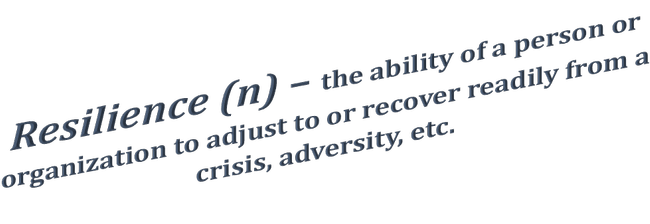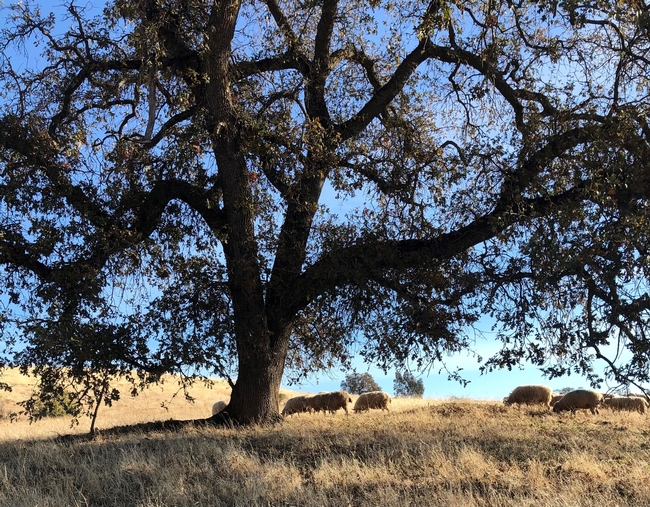Over the last six months, drought has once again dominated most of my thinking and many of my conversations with other ranchers. Over the last two weeks, I've given drought talks in Sierraville and Rio Vista – both of which gave me time behind the wheel to think about drought management and the new Drought Decision Support Tools we've developed for ranchers to analyze the decisions we're all making as this drought becomes more serious. And I've realized that I seem to be focused on getting through this drought, rather than on how our ranching operation might emerge from the other side of it. In other words, I've been focusing on survival rather than resiliency. Survival can be depressing (at least for me); resiliency seems far more hopeful!
Elements of Resiliency
From a ranching perspective, I think, resiliency has three elements. As long-term businesses (even multi-generational in many cases), ranches must have Financial Resilience. Most of us are experiencing the added expenses and lower incomes typical of drought; resilient businesses are able to regain a sound financial footing quickly. Second, since most of our ranches are stocked with cows or ewes or goat does that fit our environments and production systems, our ranches must have Genetic Resilience. The genetic base of our flock or herd needs to remain intact – we need to be able to re-stock with animals that fit our ranches. Finally – and most importantly – our ranches must have Ecological Resilience. Just as drought is stressful for us and for our livestock, it's also stressful for our rangelands. Taking care of the land now (by focusing on balancing our stocking rate with a diminished carrying capacity, by avoiding overutilization of rangeland forages, by working to reduce the amount of bare ground that can create openings for invasive weeds) helps ensure that our rangelands can respond quickly when “normal” weather returns.
Incorporating Resiliency into our Drought Strategies
As I've thought about this concept of resiliency on my long drives this month, I've realized that there are several ways I can incorporate the idea of resiliency into my drought planning. From a proactive standpoint, I can take steps to be sure I understand the economics of my ranching business. What are my financial risks? What does it cost me to run a ewe for a year under normal conditions? How much debt do I have? From a genetics perspective, I can keep records on our sheep that allow me to know which ewes (or lines of ewes) perform well in our environment. Which ewes consistently wean the most pounds of lamb(s) each year? Which ewes seem to never need deworming or treatment for foot rot? Finally, I can develop – and, more importantly, review – a 12-18-month forage calendar that allows me to adjust stocking rate based on carrying capacity. I can rest some rangeland pastures during the growing season to stockpile fall forage. I can pay attention to the perennial grasses and brush species that can provide nutrition to my sheep during the dry season.
Beyond these preparations, however, resiliency can become the filter through which I evaluate my reactive drought strategies. How much will putting our ewes on full feed impact the economic health of the business – how much hay can we afford to buy? And where and how will I feed the ewes to avoid negative impacts to next year's forage production and soil health? Conversely, if I need to cull some sheep to reduce forage demand, how will it impact the genetic base of our flock? Should I sell older, proven ewes, or keep fewer replacement ewe lambs? What are the future economic implications of breeding fewer ewes this fall? By focusing on what our operation will look like after the drought, I hope I'll make better decisions this summer.
Some Final Thoughts
Finally, I come back to something I learned in 2013-2014. Picking the right drought strategies requires difficult decisions; decisions that are made more difficult by the fact that we don't know how long the drought will last. The best time for me to have thought about the resiliency of our operation was before this current drought intensified. The second best time to think about resiliency is now! For me, at least, thinking about a positive future for our small-scale operation (in other words, thinking about how I can enhance our resiliency) feels much more positive than simply worrying about how we'll survive.

